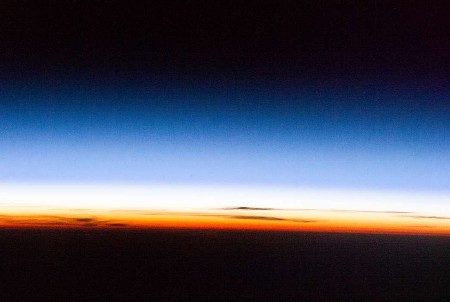Human activity on our planet is changing the consistency and physical layering of our atmosphere. The lowest layer, the troposphere is expanding causing the stratosphere to contract. So says a new study published on May 5th in Environmental Research Letters. Petr Pisoft, lead author in the study hales from Charles University in Prague where he heads up the Department of Atmospheric Physics.
Pisoft notes that eight research centres in five countries collaborated in this research which shows the stratosphere contracting by more than 100 metres (330 feet) per decade since 1980. They hypothesize that this contraction was happening before the observed period for the study which begins in the 1980s with satellite data as well as climate modelling.
Pisoft notes that the discovery could have implications for:
- satellite trajectories and their measurements
- the accuracy of global positioning systems (GPS, Galileo, etc.)
- the transmission of radio signals across the planet because of changes to atmospheric layers
- the fragile equilibrium of the planet
Climate and atmospheric scientists have known for some time that greenhouse gas (GHG) emissions have caused the troposphere to grow in height. The impact on the stratosphere which extends from 20 to 60 kilometres or 12 to 37 miles above the Earth, however, was largely subject to speculation. The discovery of yet another unforeseen consequence of anthropogenic global warming joins with other recent findings including the shifting of the Earth’s axis.
The researchers looked at ozone as potentially a determining factor. The ozone layer which lies in the stratosphere has been assaulted for decades by human-produced chlorofluorocarbons (CFCs) leaking from refrigerants and aerosol spray cans. But it turns out that it is carbon dioxide (CO2) that most impacting the physical changes to the stratosphere. As CO2 floats up into it the stratosphere layer cools.
Juan Añel, from the University of Vigo, in Spain, one of the authors of the paper, is quoted in a Guardian article by Damian Carrington stating, “It is shocking…This proves we are messing with the atmosphere up to 60 kilometres.”
Paul Williams, a professor at the University of Reading in the UK has praised the study for providing “the first observational evidence of stratosphere contraction” and showing “that the cause is in fact our greenhouse gas emissions rather than ozone.”
Williams, who is not one of the study’s authors, notes that the discovery demonstrates how little we understand the implications of the human-caused climate crisis. He remarks, “Some scientists have started calling the upper atmosphere the ‘ignorosphere’ because it is so poorly studied.”
Modern commercial jet aircraft fly at elevations that take them into the upper troposphere which is definitely feeling the heat, and Williams speculates so will air travellers who will be subject to increasing turbulence when they fly.
So how much stratospheric contraction has happened? About 400 meters (over 1,300 feet) since 1980 and who knows how much before that date. But based on the current rate of shrinkage, researchers believe the phenomenon will continue to grow to cause a thinning of up to 1.3 kilometres (0.8 miles) by 2080 unless we humans dramatically reduce GHG output.









